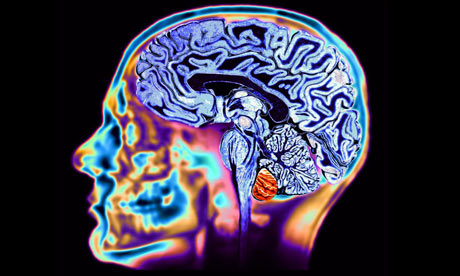Monday 3 June 2013
SWITCH TO NEW BLOG
Our new blog can be found here; www.theminiiceage.blogspot.com OR visit our website at; www.iceageearth.com
Wednesday 3 April 2013
Dark Matter Discovered
A machine spinning around the globe aboard the International Space Station has provided the first glimpse of what could be dark matter, the mysterious building block that helps hold the cosmos together.
The £1.3bn Alpha Magnetic Spectrometer (AMS), which was attached to the outside of the station two years ago, is designed to help explain what makes up dark matter, which has never before been directly observed.
International scientists said the first results seem to indicate "evidence of a new physics phenomena" that could be dark matter.
Just what it is will require more research, and is not yet a definitive finding, but is the first of many reports expected to come from the AMS, built by a team from 16 countries.
Nasa will hold a news conference later on Wednesday to discuss the findings.
Until now scientists have only been able to theorise the existence of the mystery component of the universe.
Dark matter's ghostly presence around galaxies exerts a gravitational effect that can be measured, but exactly what it is made of has never been known.
"This is an 80-year-old detective story and we are getting close to the end," University of Chicago physicist Michael Turner, one of the giants in the field of dark matter, said.
"This is a tantalising clue and further results from AMS could finish the story."
Nobel-winning physicist Samuel Ting, who leads a team at CERN, the European particle physics laboratory near Geneva, said he expected a more conclusive answer later this year.
"Over the coming months, AMS will be able to tell us conclusively whether these positrons are a signal for dark matter, or whether they have some other origin," he said.
Although dark matter - which is believed to make up about a quarter of the universe - has never been directly detected before, it has been observed indirectly through its interaction with visible matter.
The seven-ton AMS arrived on the International Space Station aboard the space shuttle Endeavour's final flight in May 2011.
Since then, it has been collecting data from millions of light years beyond our galaxy, the Milky Way, in the most expensive experiment ever carried out in space.
The machine studies cosmic rays - which are charged high-energy particles that permeate space - before they interact with Earth's atmosphere.
So far it has detected more than 25 billion particle events, sifting the information at a rate of seven gigabits a second around the clock.
Ordinary matter, the kind that makes up stars, planets and ourselves, only accounts for about 4% of the universe, scientists believe.
The remaining 70% of the cosmos is thought to consist of dark energy, an even bigger enigma than dark matter, which appears to be driving galaxies apart at an accelerating rate.
The £1.3bn Alpha Magnetic Spectrometer (AMS), which was attached to the outside of the station two years ago, is designed to help explain what makes up dark matter, which has never before been directly observed.
International scientists said the first results seem to indicate "evidence of a new physics phenomena" that could be dark matter.
Just what it is will require more research, and is not yet a definitive finding, but is the first of many reports expected to come from the AMS, built by a team from 16 countries.
Nasa will hold a news conference later on Wednesday to discuss the findings.
Until now scientists have only been able to theorise the existence of the mystery component of the universe.
Dark matter's ghostly presence around galaxies exerts a gravitational effect that can be measured, but exactly what it is made of has never been known.
"This is an 80-year-old detective story and we are getting close to the end," University of Chicago physicist Michael Turner, one of the giants in the field of dark matter, said.
"This is a tantalising clue and further results from AMS could finish the story."
Nobel-winning physicist Samuel Ting, who leads a team at CERN, the European particle physics laboratory near Geneva, said he expected a more conclusive answer later this year.
"Over the coming months, AMS will be able to tell us conclusively whether these positrons are a signal for dark matter, or whether they have some other origin," he said.
Although dark matter - which is believed to make up about a quarter of the universe - has never been directly detected before, it has been observed indirectly through its interaction with visible matter.
The seven-ton AMS arrived on the International Space Station aboard the space shuttle Endeavour's final flight in May 2011.
Since then, it has been collecting data from millions of light years beyond our galaxy, the Milky Way, in the most expensive experiment ever carried out in space.
The machine studies cosmic rays - which are charged high-energy particles that permeate space - before they interact with Earth's atmosphere.
So far it has detected more than 25 billion particle events, sifting the information at a rate of seven gigabits a second around the clock.
Ordinary matter, the kind that makes up stars, planets and ourselves, only accounts for about 4% of the universe, scientists believe.
The remaining 70% of the cosmos is thought to consist of dark energy, an even bigger enigma than dark matter, which appears to be driving galaxies apart at an accelerating rate.
Subscribe to:
Posts (Atom)

